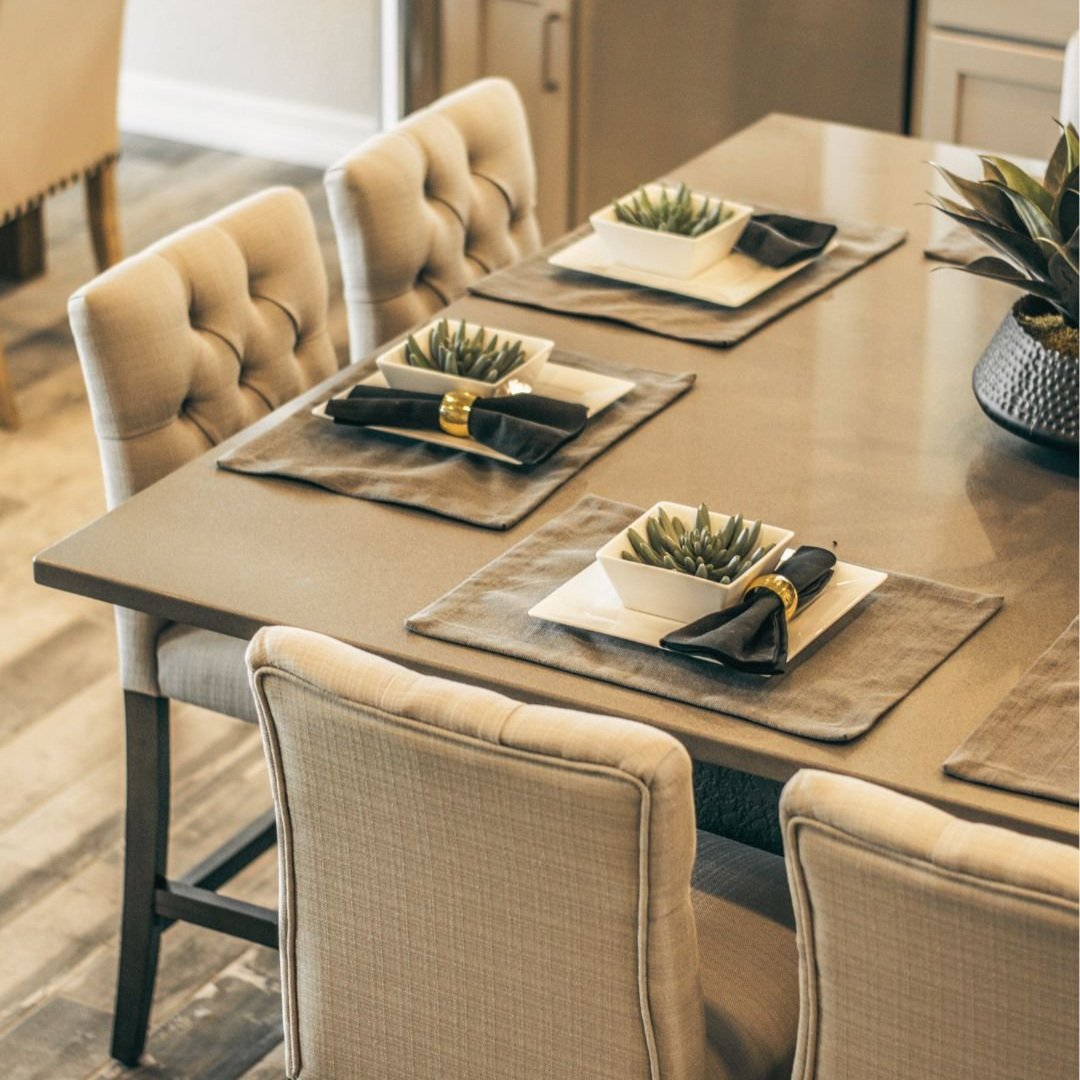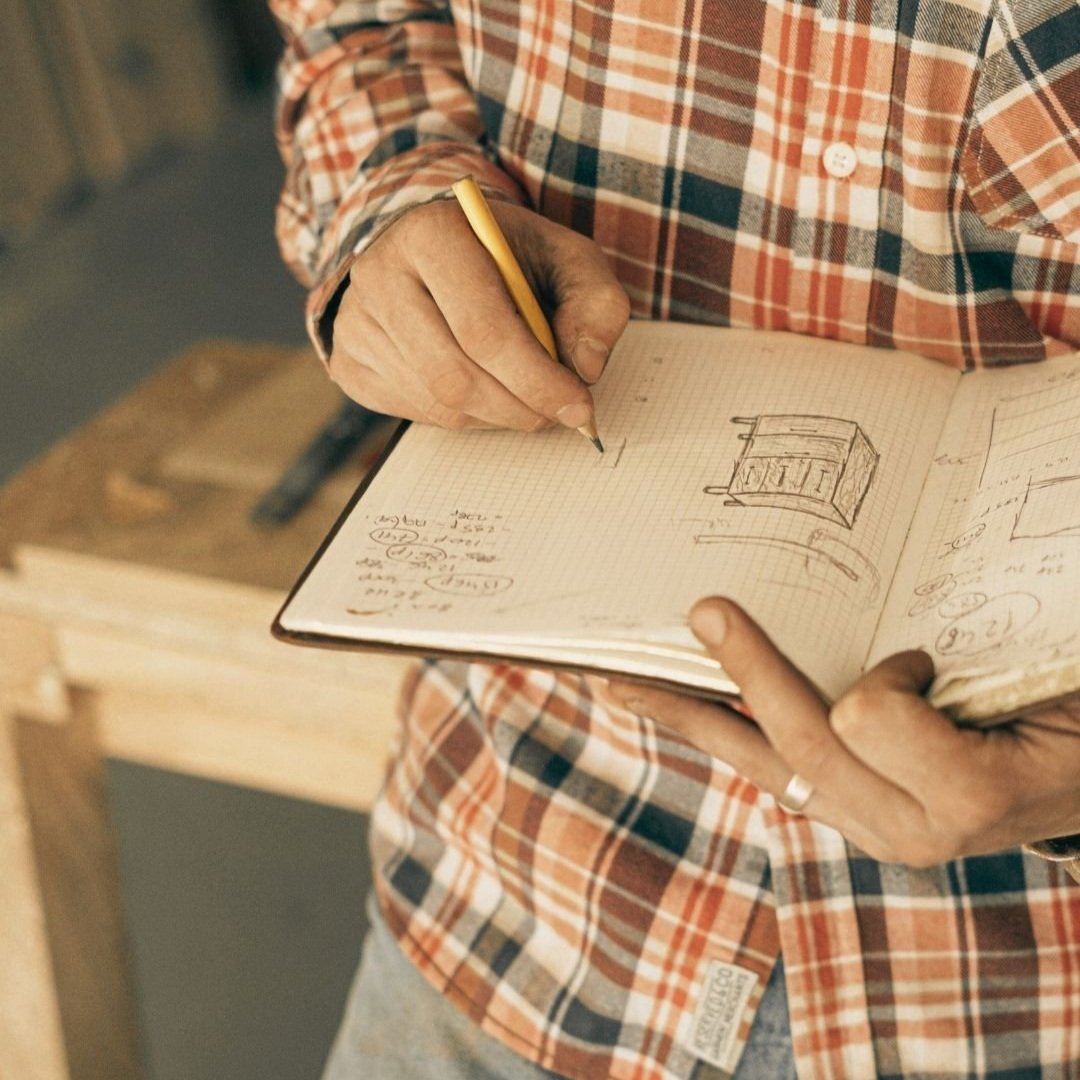What Interior Designers Should Delegate First (and When)
/Let’s talk about something we often overlook as designers: delegation.
When you're just starting out, it’s easy to think you need to do it all — every email, every mood board, every product order, every invoice. We often wear all the hats, believing it proves we can handle running a business. But at some point, we all realize that juggling every task isn’t sustainable. The key to growth lies in learning what to delegate and when.
If you're feeling overwhelmed, stretched thin, or simply curious about outsourcing but unsure where to start — this post is for you. We’re breaking down what to delegate first based on where you are in your business and design journey.
Read More





























